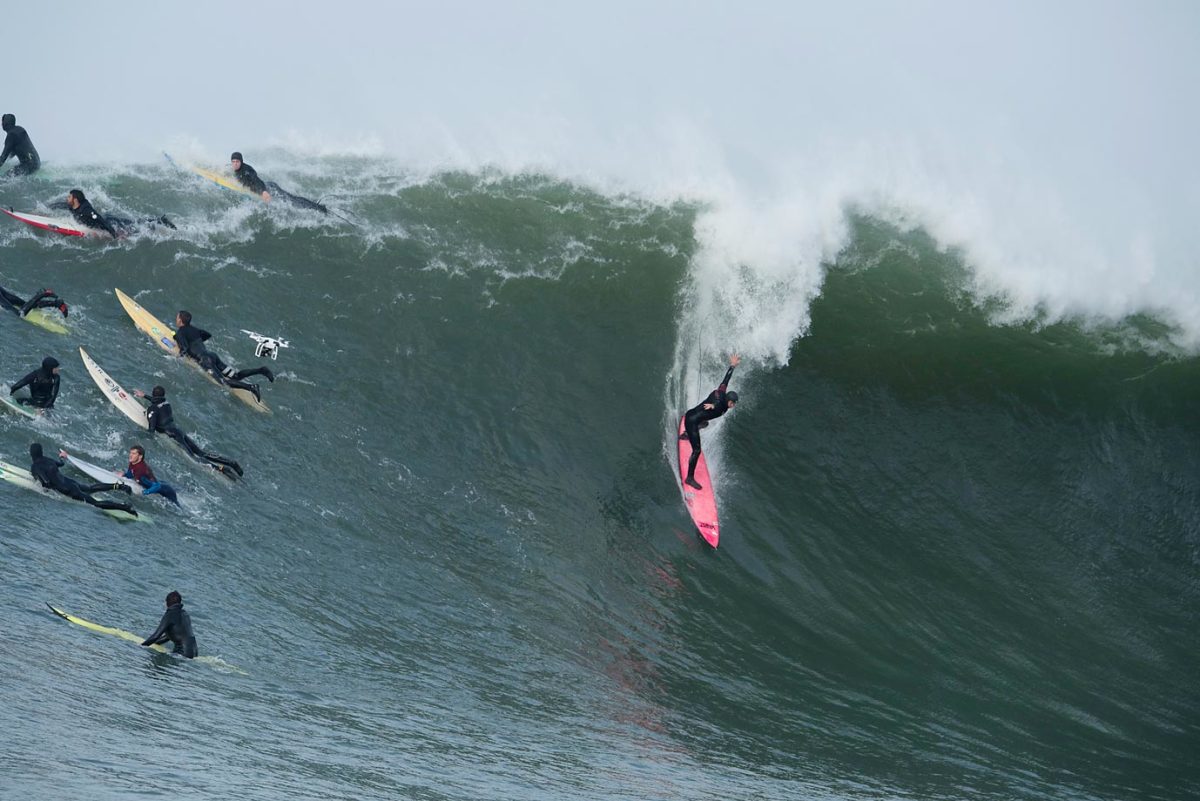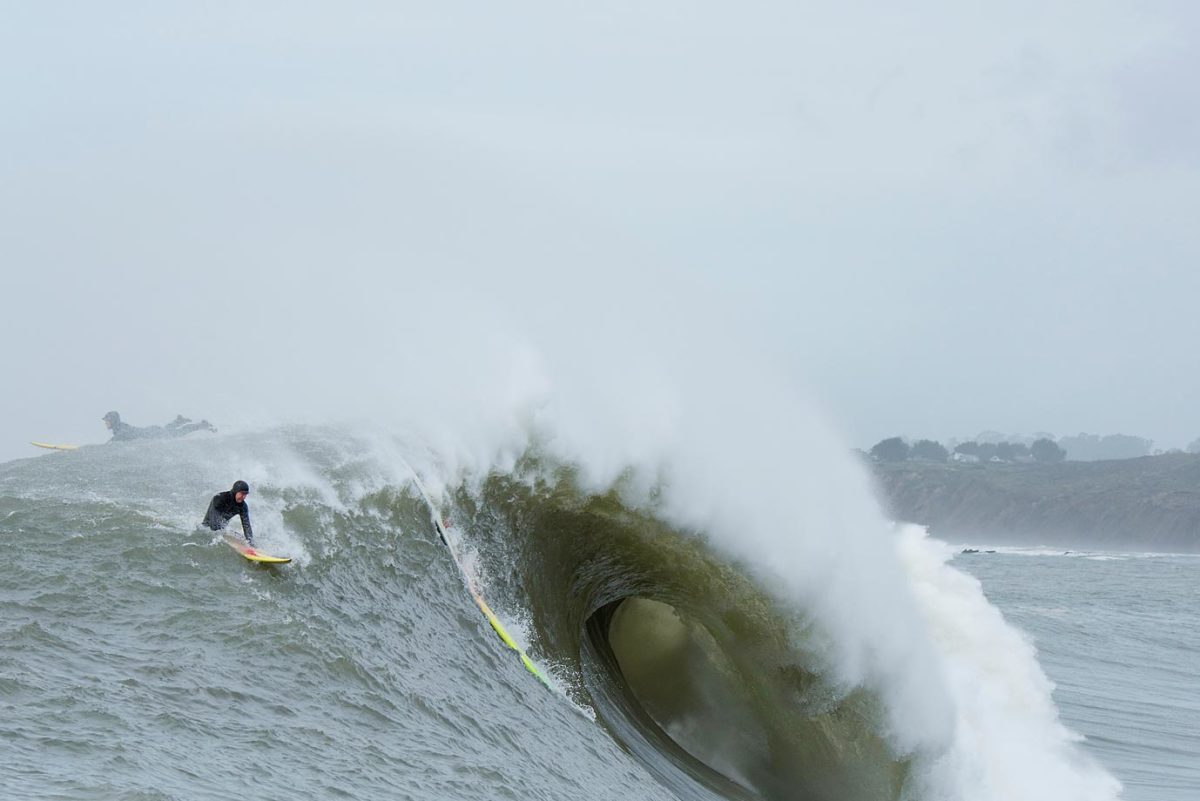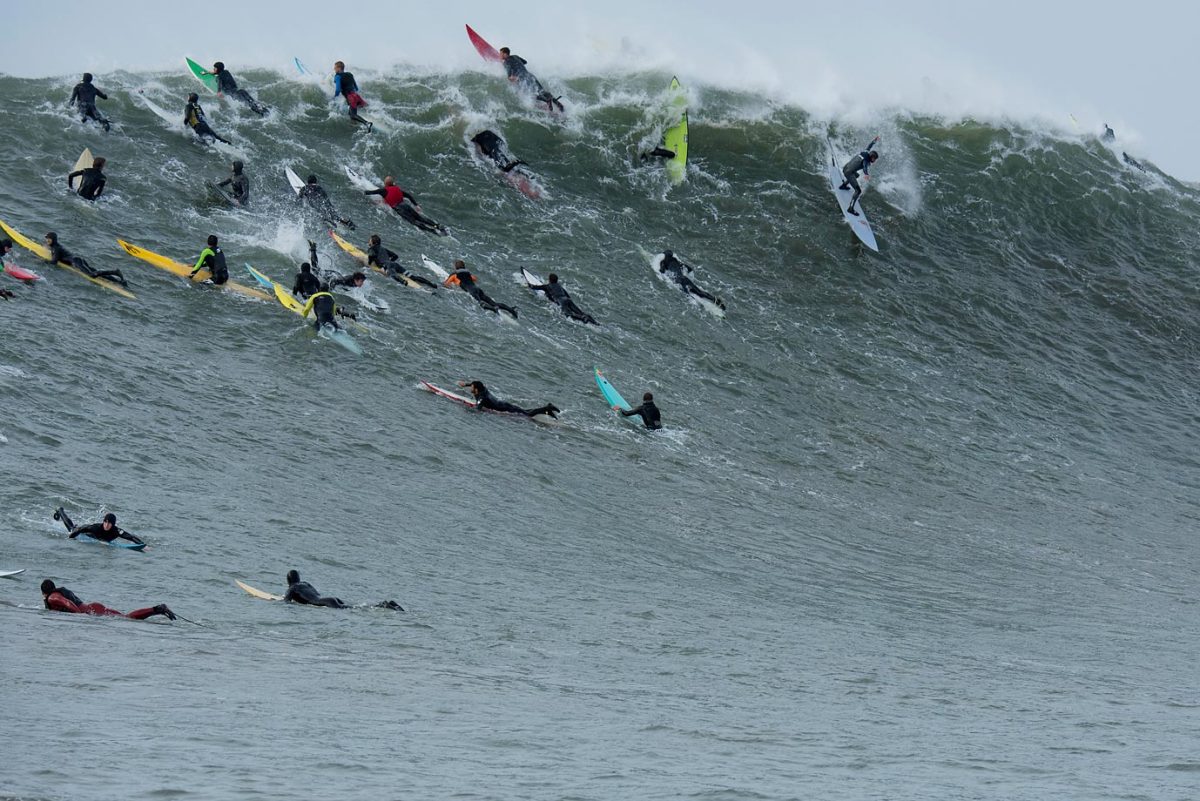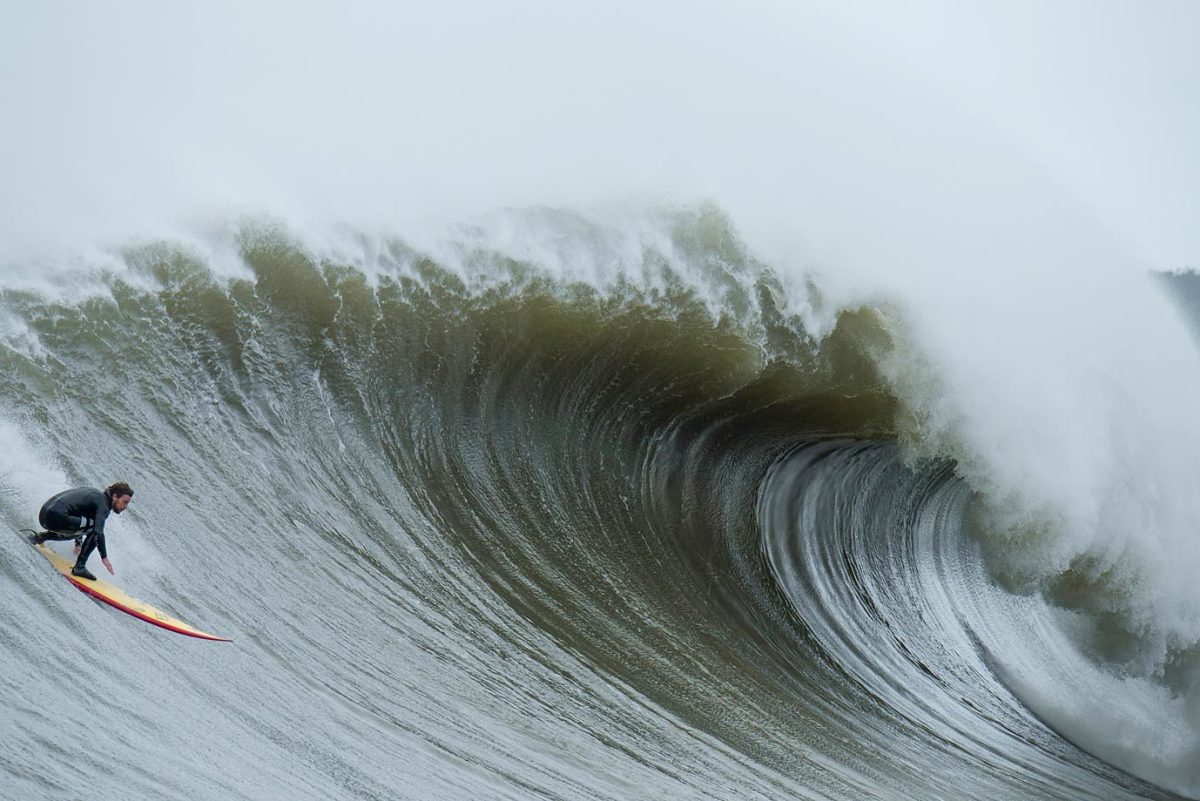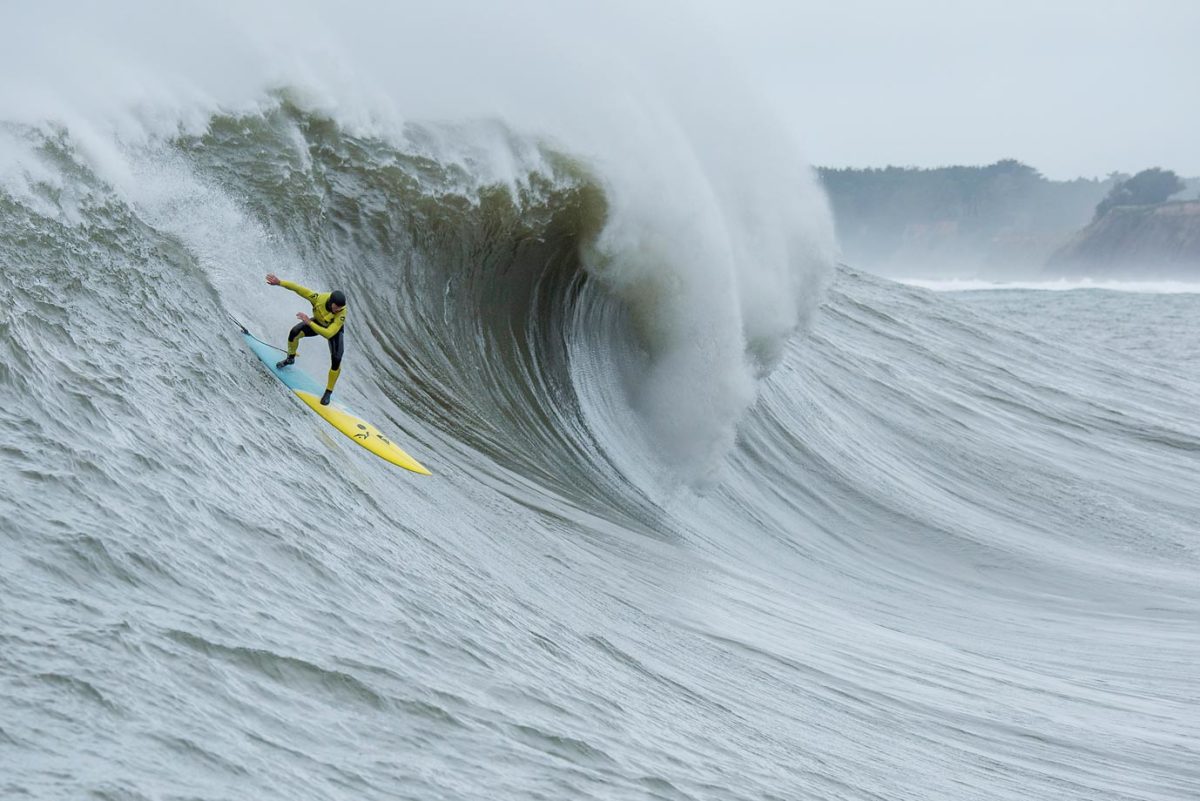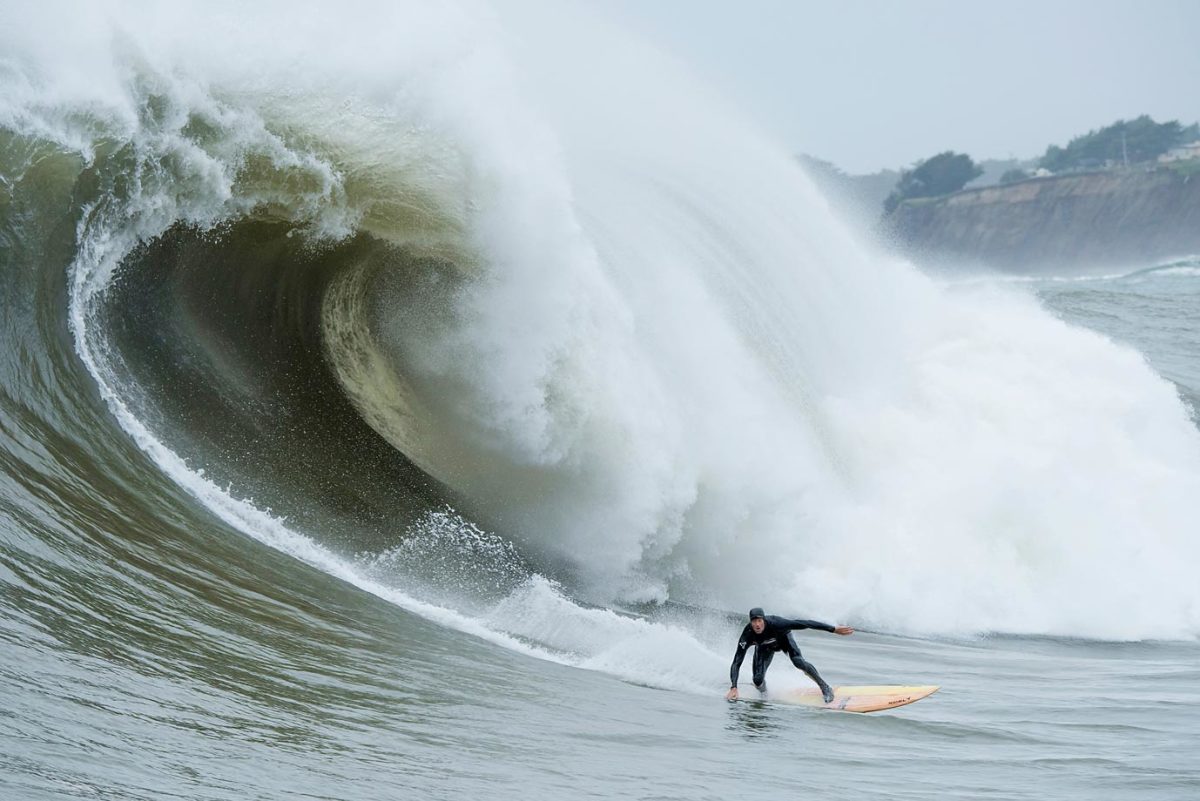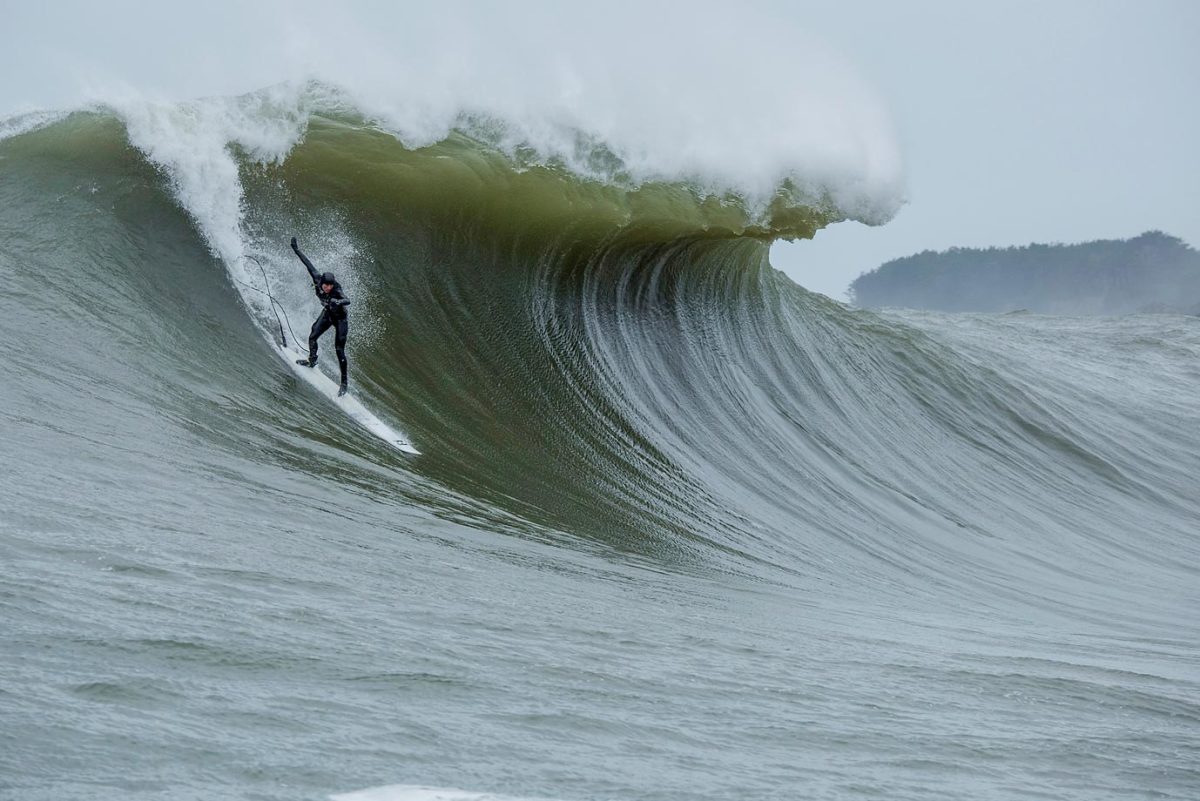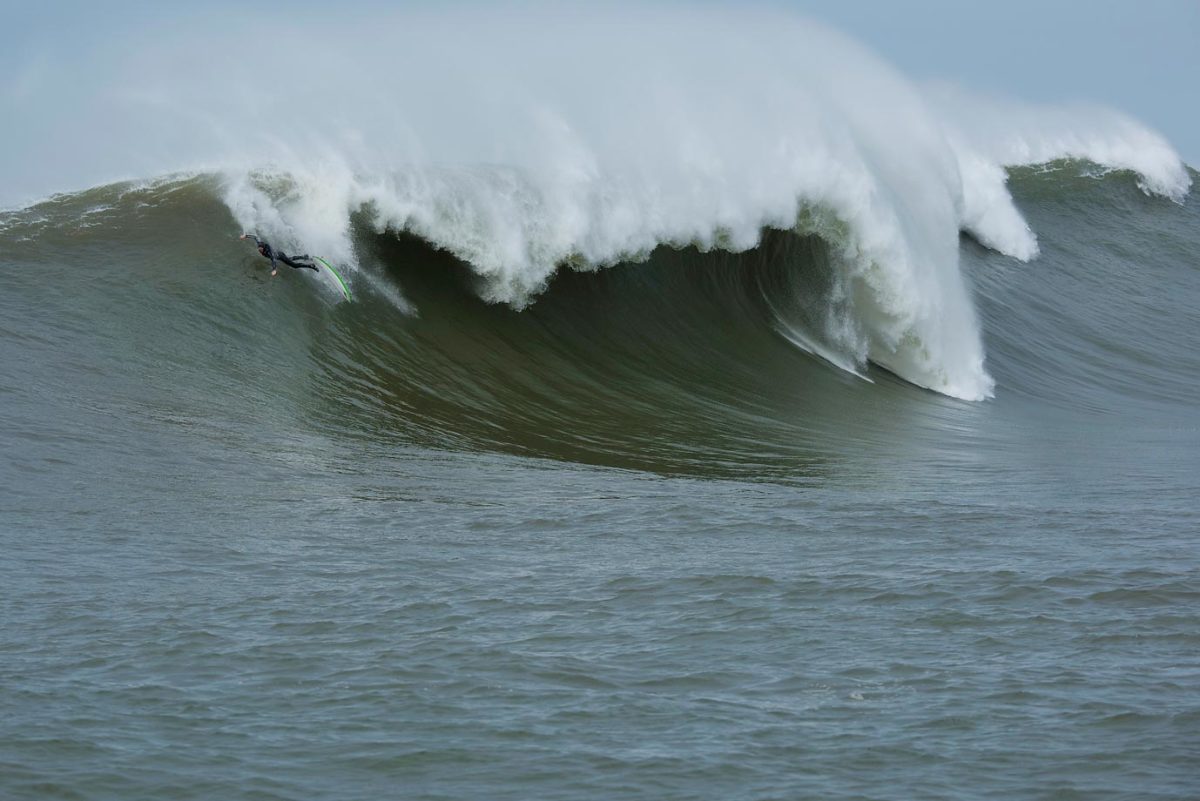The battle for Mavericks: Money and power churn up the surfing world

Right about now, the summer onshore winds are blowing softly against the small waves from the south in Half Moon Bay, Calif., causing them to fold over on themselves as they lap against the rugged shoreline at Pillar Point. Mavericks—the most ferocious surf spot in the world—is asleep during this, the off-season.
But come late fall, when North Pacific storms line up (and this winter, it’s more likely than ever as the current El Niño cycle strengthens) this same shoreline looking out into the “graveyard” of rock that marks Mavericks’ dangerous inside section, will become a maelstrom of saltwater and foam as curious onlookers crane their necks to glimpse the brave men challenging the rough seas in front of them. The cliffs will be lined with spectators who've found an ideal perch to watch the surfers below. This is when Mavericks becomes the dynamic playing field that it is, one of surfing’s ultimate challenges and arguably the greatest natural stadium on Earth.
But sometimes it feels as though maybe it should remain Earth’s playing field alone—a challenging adventure for experts, free of competitive stress. Instead, Mavericks has become a battleground of the surf industry, where contest organizers, big money, and the lure of bigger audiences meet Mother Nature in her rawest form. And that clash has never been as pleasing to watch as the surfers plying these waters.
Mavericks pioneer Jeff Clark first rode the wave in 1975, after mind surfing it from the foothills above while growing up in Half Moon Bay. Despite his claims about its quality, he rode it alone for almost two decades before anyone else would paddle out. So when the idea for a contest first came to fruition in 1999, it was only natural that Clark would be the organizer. Unfortunately, this was the beginning of competition and soul colliding in awkward fashion around the storied break.
Clark and his crew ran the contest for the first few years before signing a deal with sports marketer-turned-promoter Keir Beadling in hopes of solidifying the event. Mavericks Surf Ventures was born, and at the outset the agreement looked financially promising, with a clothing line and concert series in the works. But the deal imploded. Funding shortfalls and artistic differences between Clark and Beadling followed. Vendor and prize payouts dried up. Clark filed a lawsuit. The chaos drove a rift through the tight Mavericks surfing community between Santa Cruz and San Francisco. This drama is well documented, garnering magazine features and even a book, Voodoo Surf by Mark Kreidler.
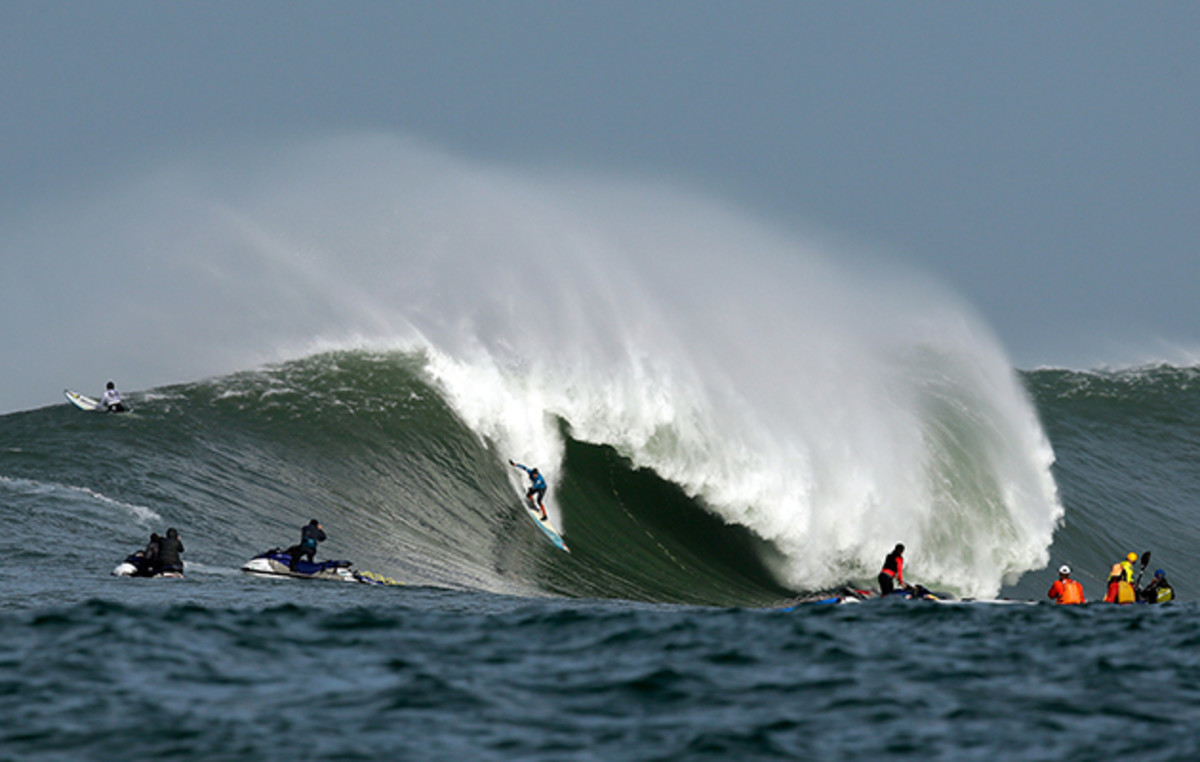
That’s why 2014-15 was such an exciting time for the local surfing community. Griffin Guess and Cartel Management, a Los Angeles-based firm representing models, musicians and athletes, took over organization of the contest, bringing Clark on board. Things seemed headed in the right direction with a re-branding that included high-end video production, a modern website and marketing that embraced the anecdotes and characters surrounding the storied surf spot. Cartel put local surfers on a pedestal.
Unfortunately, the only thing Mavericks didn’t have in 2015 was waves, as the event failed to go off. And this is where things turned bizarre. In May, the World Surf League, which runs the World Championship Tour as well as the Big Wave World Tour, filed for a permit with the San Mateo County Harbor District to run the Mavericks event even though Cartel had signed paperwork that insured that Cartel would run it through 2015-2016. The Harbor District had never issued more than one permit per year, and two weeks later the WSL pulled its application citing a clerical error on behalf of the SMCHD, which led the organization to believe more than one permit was available, according to WSL spokesman Dave Prodan.
The Greatest Wave: Greg Long's near-death experience changed everything
The Mavericks contest is certainly a prize and Prodan openly admitted as much, simply because of the massive audience it attracts. In 2013, the last time the contest was held, an estimated 15 million people watched the live stream. The WSL wanted to bring Mavericks back into its BWWT after Clark and Cartel had chosen to keep the event independent. But the move has backfired: instead of a coup for the biggest surf organization on the planet, it was perceived as “extremely divisive” in the community and has exposed the WSL’s inherent flaws.
“Mavericks is home to me,” says Santa Cruz’s Shawn Dollar. “The Mavericks contest has always had its issues, the internal struggles and disputes between surfing clans in Santa Cruz, Pacifica, and the Bay Area. But it felt like Cartel had really set up something amazing and united everyone. The WSL has dropped the ball a lot in 2015 [in regards to its own big wave events]. Mavericks has been through so much turmoil we just don’t need anymore drama.”
Athletes and fans let the organization have it on social media. Ken (Skindog) Collins, a Mavericks invitee and BWWT surfer, called out the WSL for not having its “own ducks in a row,” before dropping in on a solidified event and “getting served.”
The BWWT events, including Chile’s Punta de Lobos earlier this year, have been lackluster in their promotion compared to the higher-profile World Championship Tour—and that’s being generous. Athletes claim that wildcard lists—lists determining which athletes can get in a certain event if openings occur—are completely ambiguous. Some surfers, such as 22-year-old Colin Dwyer, lost point standings when the WSL purchased the BWWT in 2014 without any explanation, leaving them off the 24-man roster. Prodan admits the WSL’s big wave qualification has “evolved in the last year.” The Big Wave World Tour was supposed to host a qualifying event at Nelscott Reef in Lincoln City, Ore., but because of logistics, the organization created a video qualification system for big wave riders whereby they submit video of their feats to the WSL website.
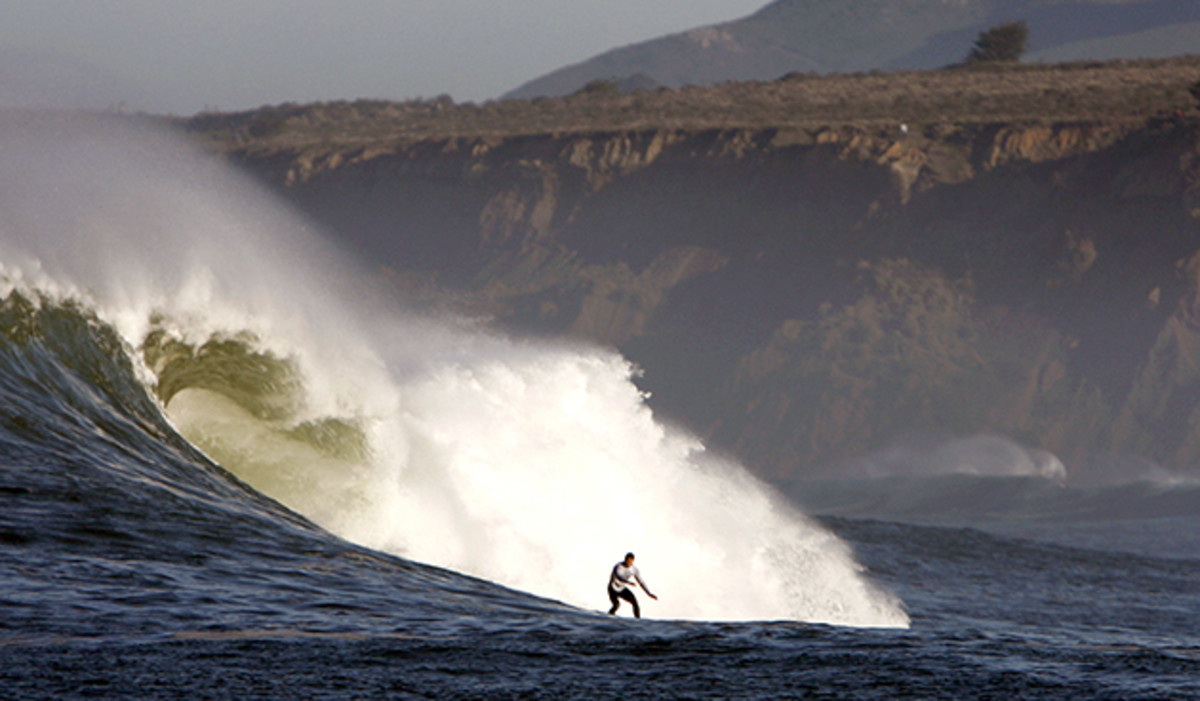
According to the WSL, the top 10 athletes on the end-of-year BWWT rankings qualify for the following season’s tour. Each event gets six wildcards determined by the region in which the event takes place. That leaves six BWWT wildcard invites: “One is an injury wildcard, the other five consist of globally-recognized big wave riders,” Prodan explains. “The WSL Commissioner’s Office looks at different criteria when choosing these invites—past competitive history, experience and performance at said venue. The WSL has also reached out to WCT athletes with a proven track record in big waves—Kelly Slater and John John Florence are [examples].”
While the WSL’s response is certainly thorough, and it’s the organization's prerogative to enhance events with bigger names, its vagueness could easily create unhealthy ambiguity among athletes.
And that’s just one reason the gap between core surfing and corporate mega-sport remains significant and that the outcry against the WSL has intensified over the last year, from Eddie Rothman’s very public stance against WSL events on Oahu, to the sport’s young alternative talent publicly lambasting the organization on stage at high-profile events like SURFER Poll, held around the Triple Crown each December. Guess has even gone so far as to label the WSL bullies, claiming the organization has threatened his vendors, telling them that “if they work for Cartel, they can’t work for the WSL,” an accusation Prodan calls a “completely unfounded rumor.”
Training with Ian Walsh: Building mind and body to take on the biggest waves
The main problem, say insiders, is the organization’s utter lack of transparency. One source who has worked within the WSL franchise, who chose to remain anonymous, compared it to another powerful sports league: “The Roger Goodell analogy is accurate. The NFL is to any individual player as the WSL is to any individual [surfing] athlete: there’s no set system or guidelines, [especially regarding] how any dispute is going to be settled.”
Piling on the WSL has been easy lately with the Mavericks debacle seemingly re-opening a festering wound. And while it’s true that the WSL’s Roger Goodell, Paul Speaker, plays into the stereotype (he did not make himself available for this piece), there is absolutely no denying that the organization has done remarkable things for the sport: The WSL’s social media engagement is at all-time highs, bettering that of other, mainstream, professional sports leagues, including the NFL. And in this journalist’s opinion, the WSL’s webcasts of the World Championship Tour, with stars like Gabriel Medina, Mick Fanning, Florence and Slater are, hands-down, the best free sports broadcasts on the Internet, rivaled only by NBC’s Sunday Night Football.
Organizing events is thankless in general. Just ask any promoter in any sport. But organizing 150-some surf contests across the globe, relying on Mother Nature for your playing conditions is absolutely mind-blowing. But that’s why, this month, for the first time in a while, the Mavericks surfing community, one of the most tight knit in the world, breathed a collective sigh when Cartel was officially—officially—awarded the permit to run the sport’s most important contest for the next five years. Cartel, while by no means squeaky clean themselves—they’re currently named in a lawsuit by former sponsor Body Glove over breach of contract—at least bring some sense of stability to the table. Something everyone can get on board with. Because in the end, as Clark is so fond of saying, “Mavericks will always take care of itself.”
GALLERY: What it's like to surf Mavericks at its peak
Surfing Mavericks
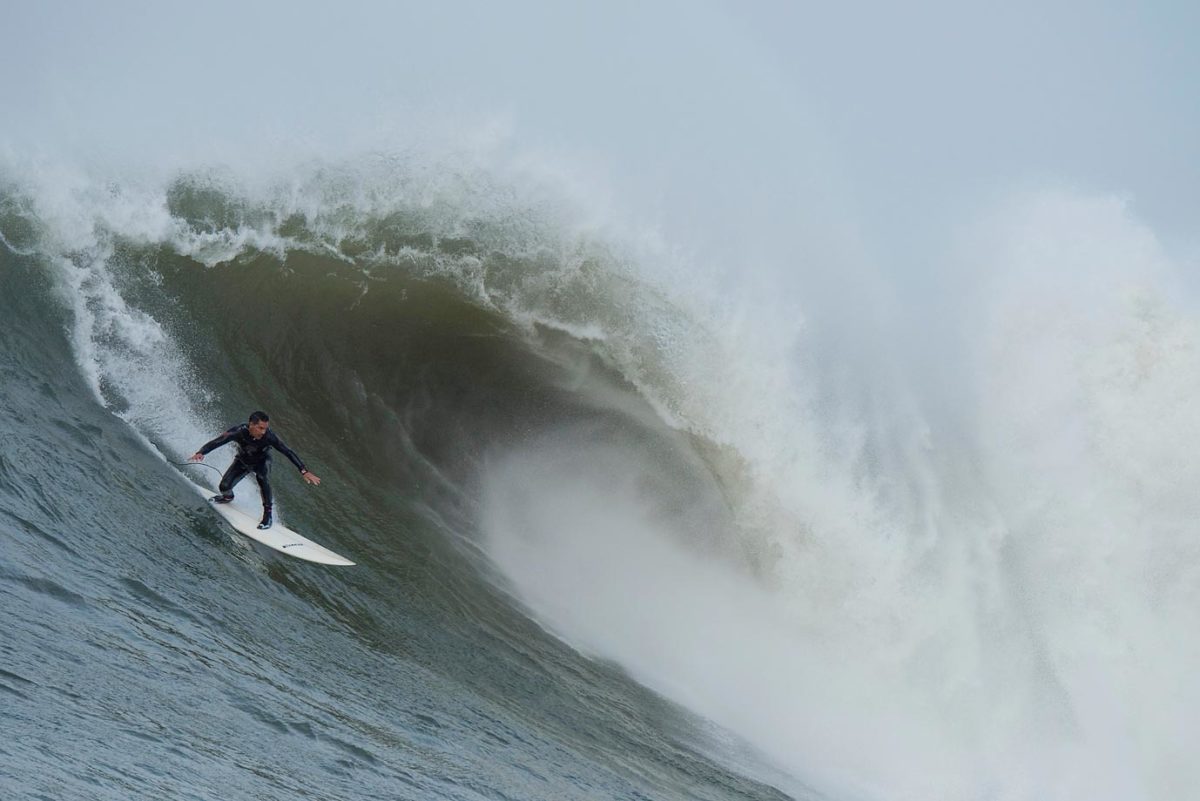
The waves at Mavericks ranged between 35- and 45-feet in height.
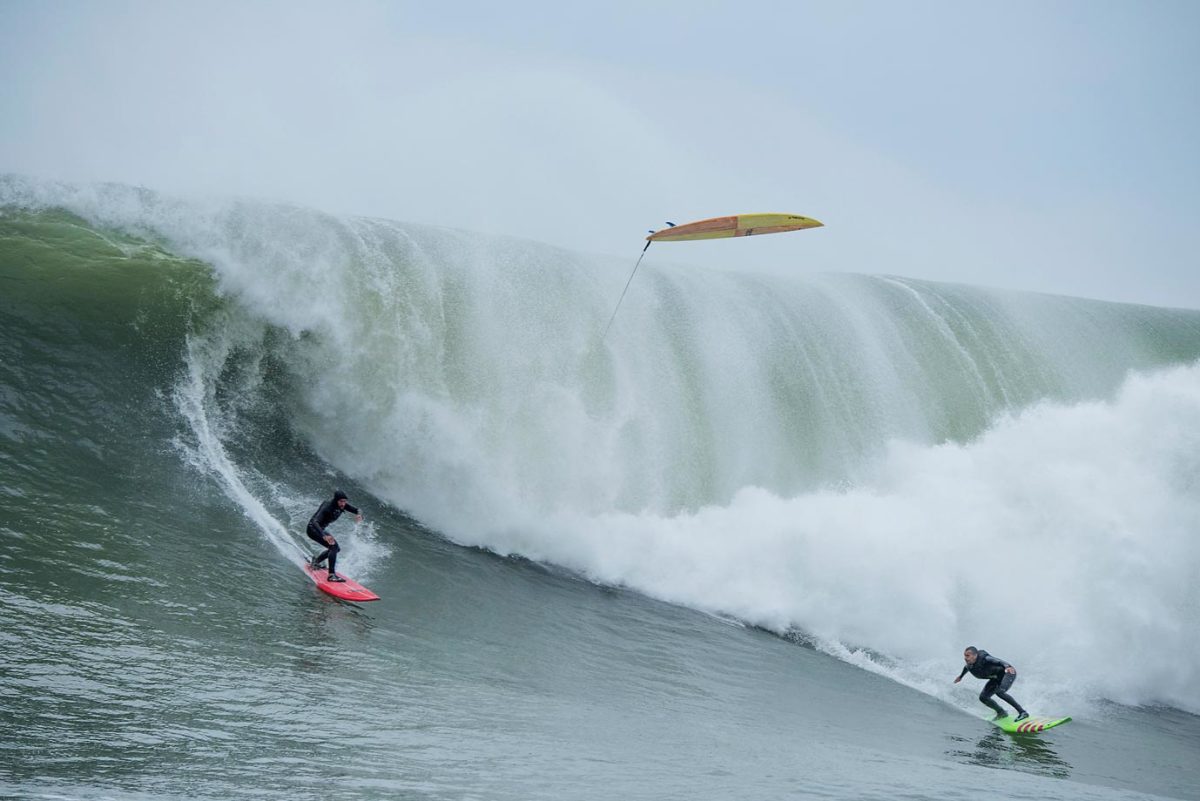
Garrett McNamara (right) rides Mavericks.
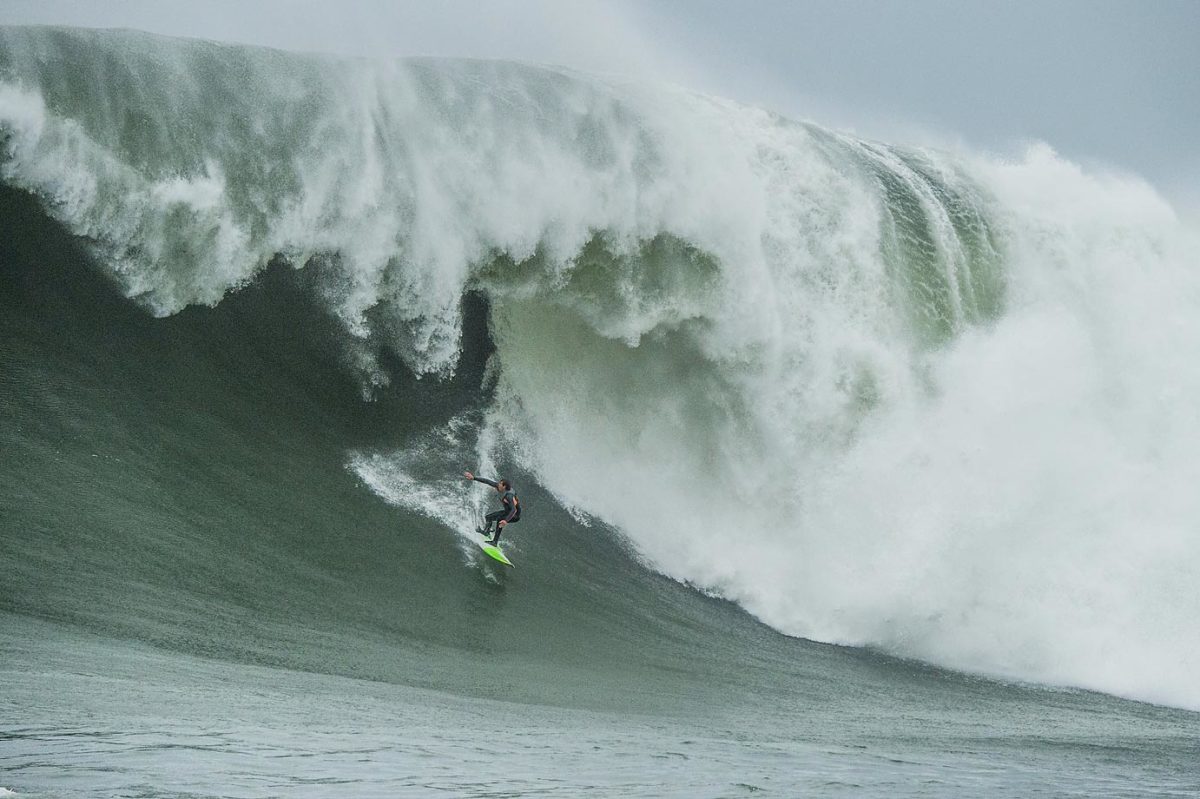
Jamie Mitchell
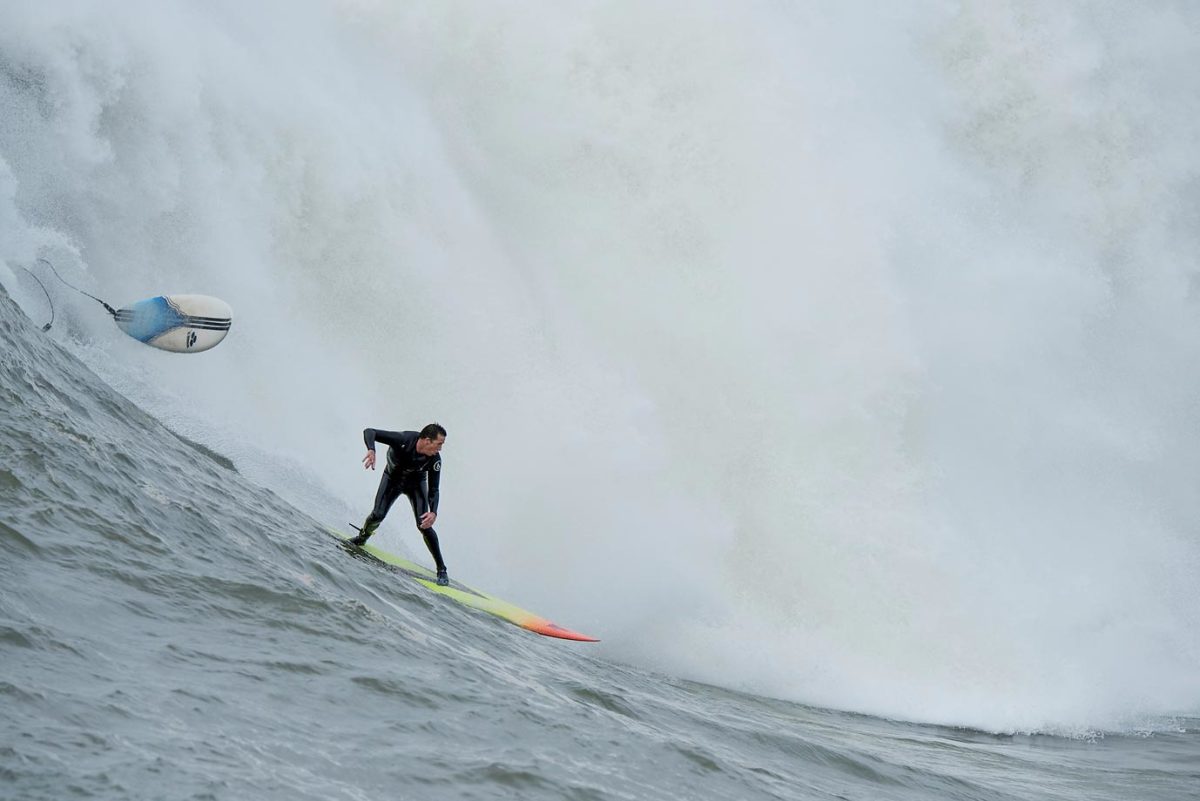
Ken "Skindog" Collins
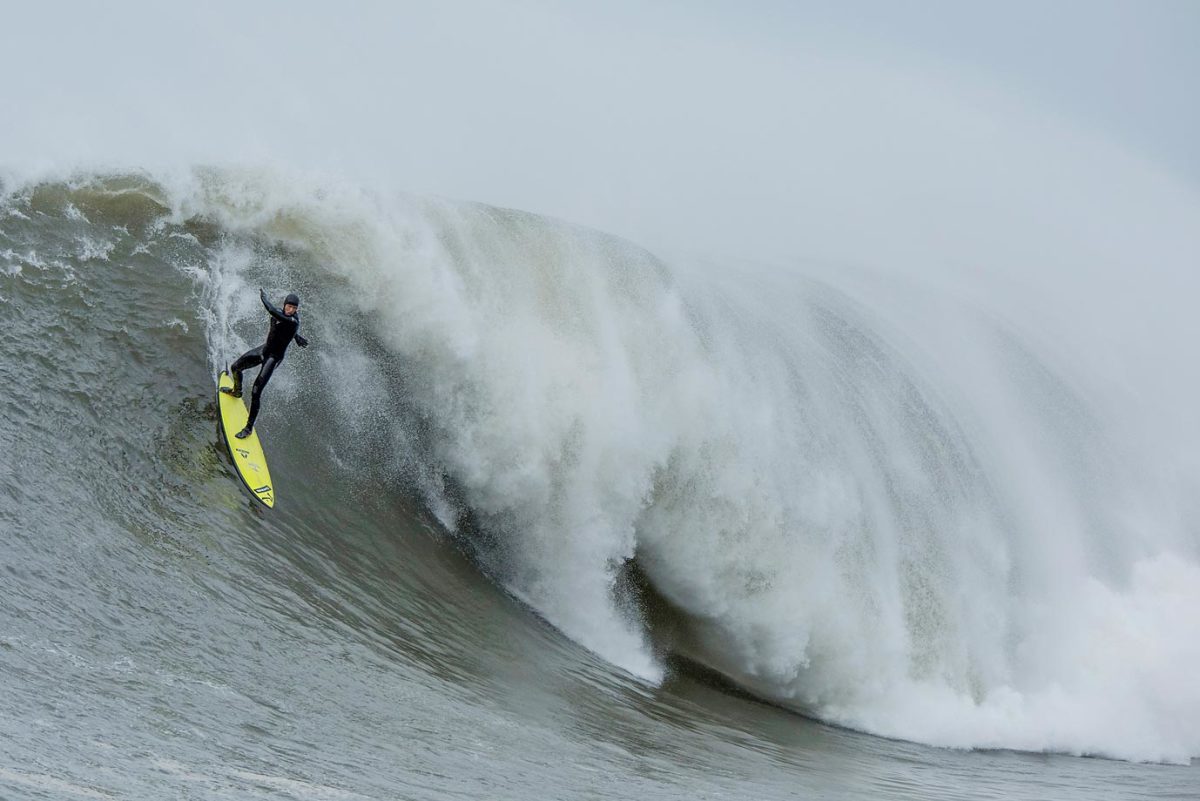
Nic Vaughn
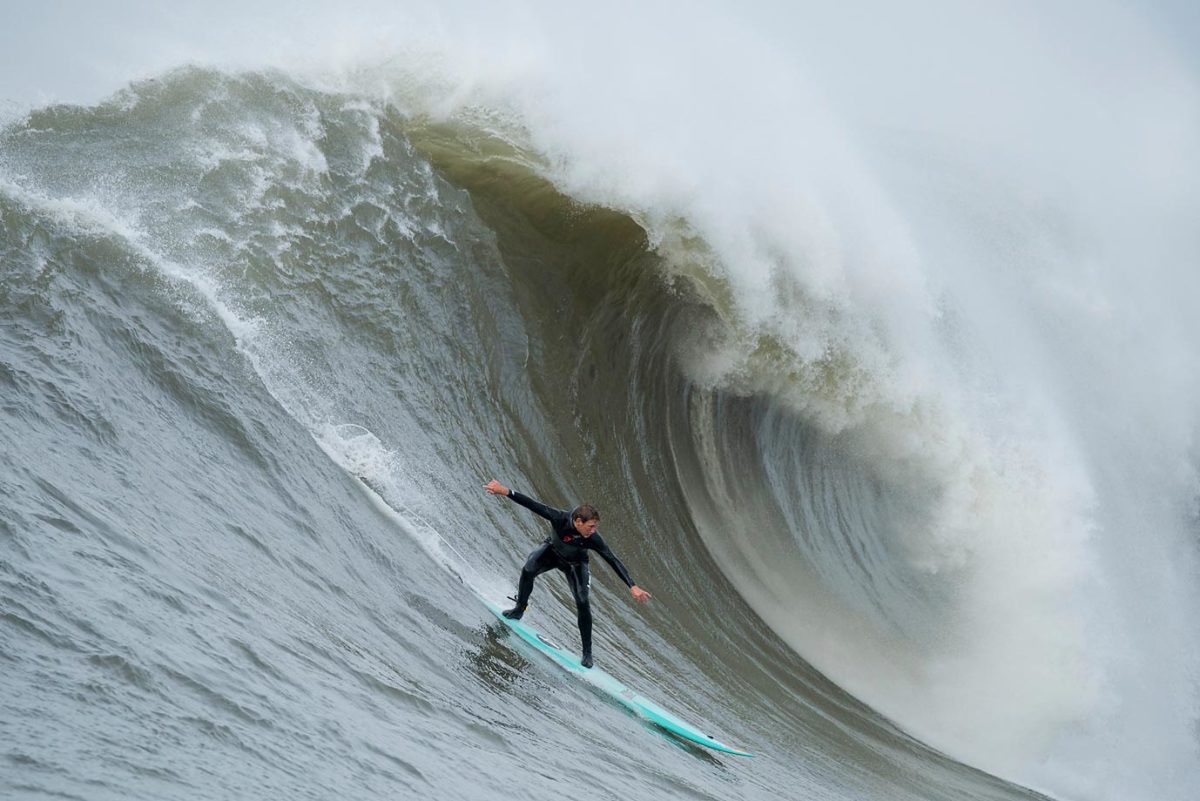
Shaun Walsh
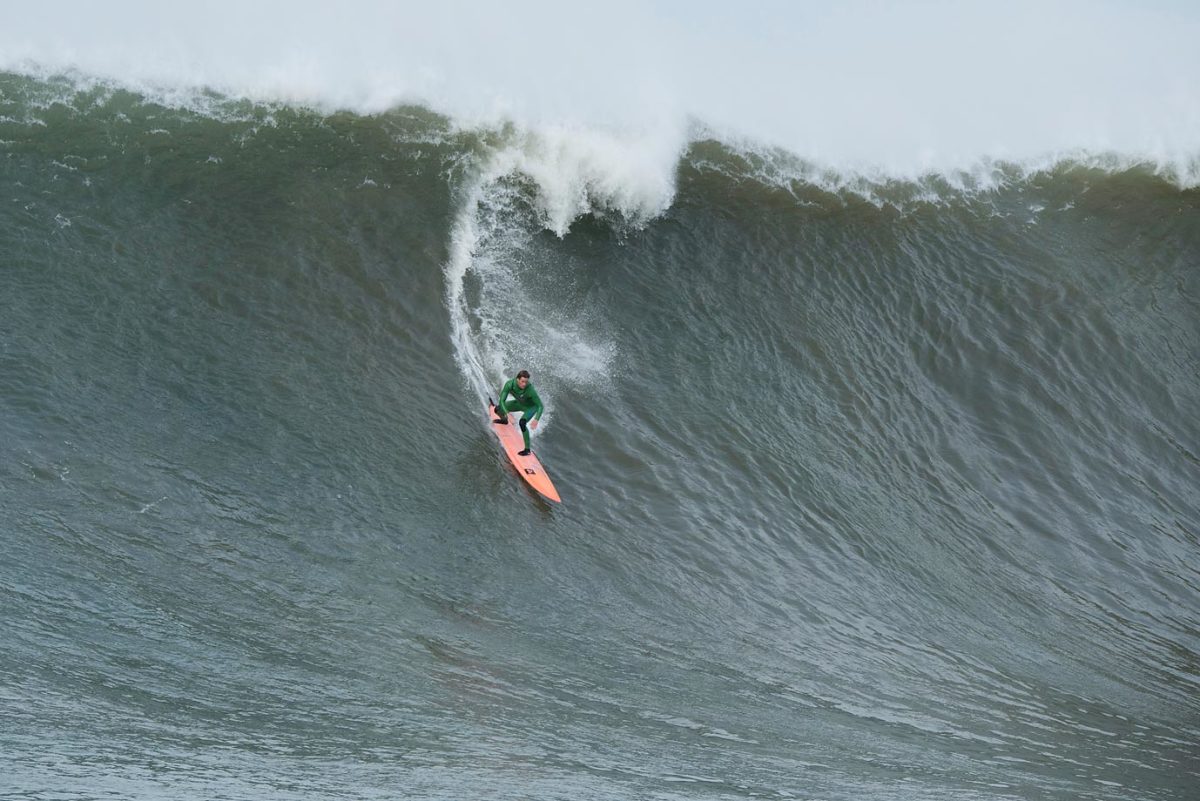
Nic Lamb
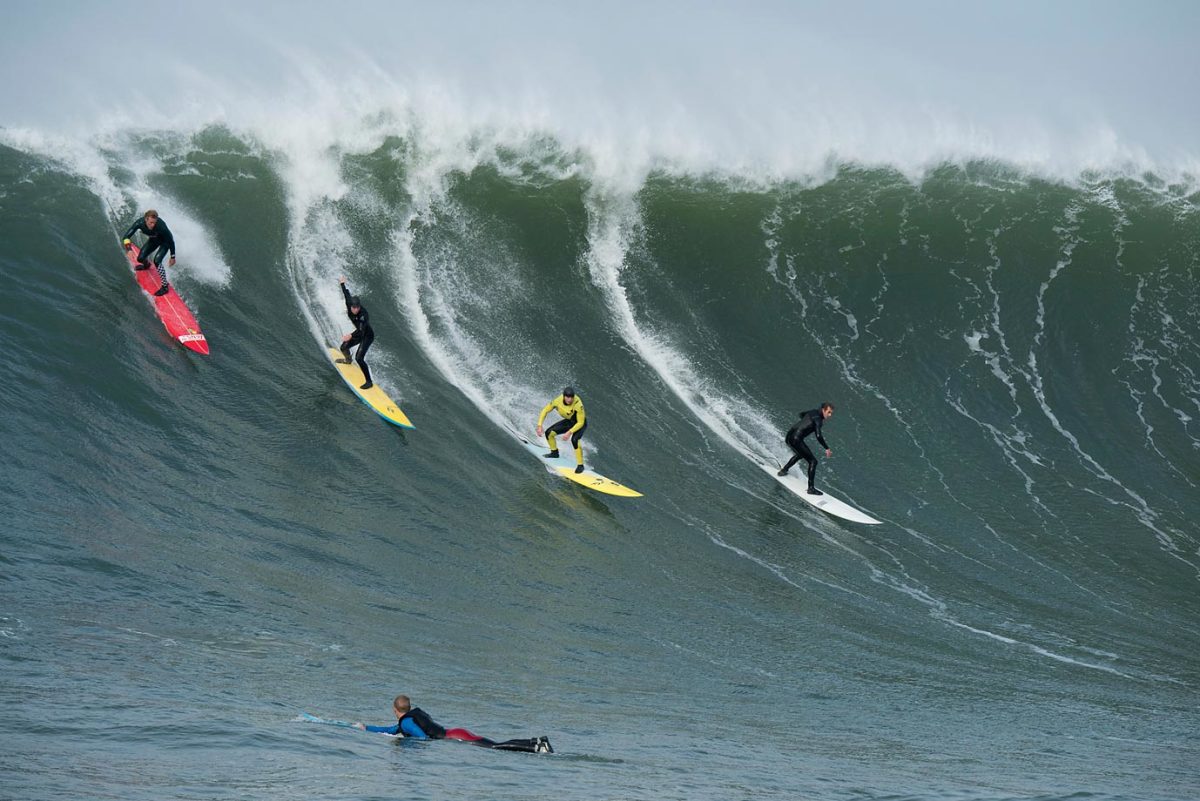
More than 65 of the world's top big wave surfers descended on Half Moon Bay, Calif., to ride the fabled Mavericks big wave. Very few riders become big wave surfers; and of those, only a select few are willing to risk the hazardous, sometimes deadly conditions at Mavericks.
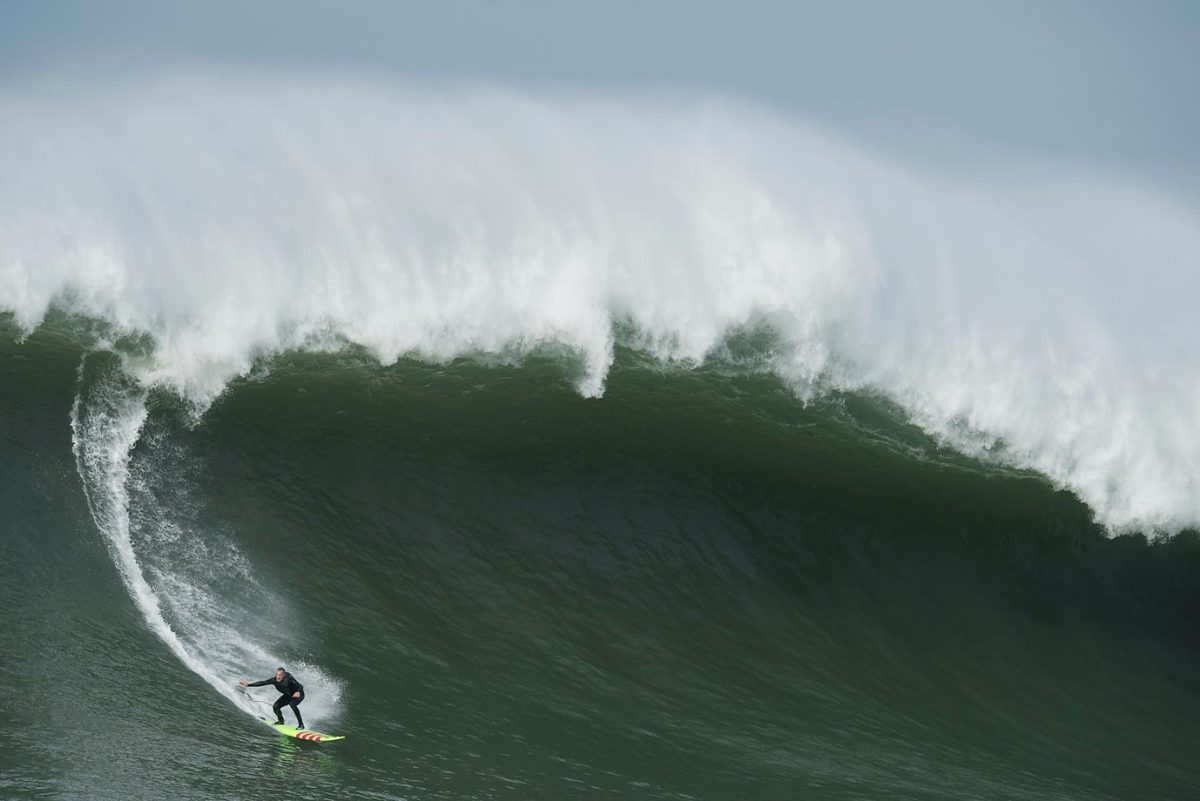
Garrett McNamara
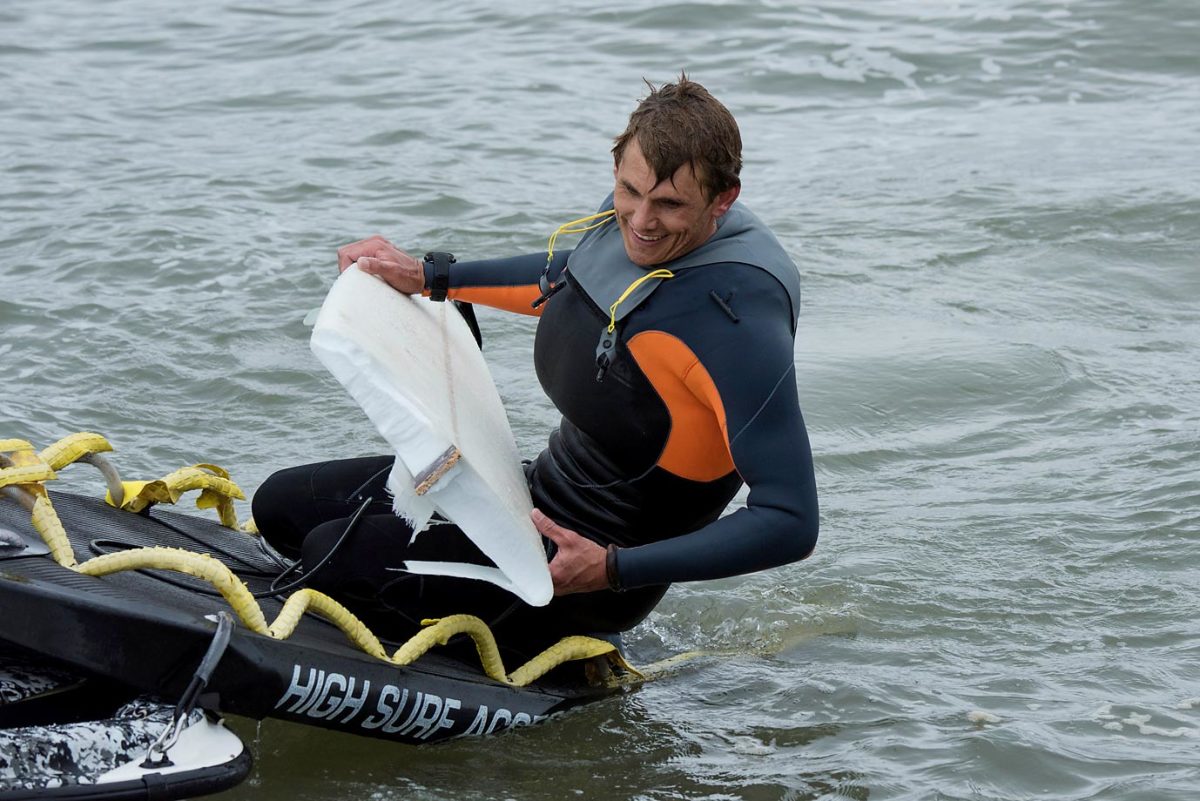
Jamie Mitchell has a laugh after riding Mavericks and breaking three boards on the day.
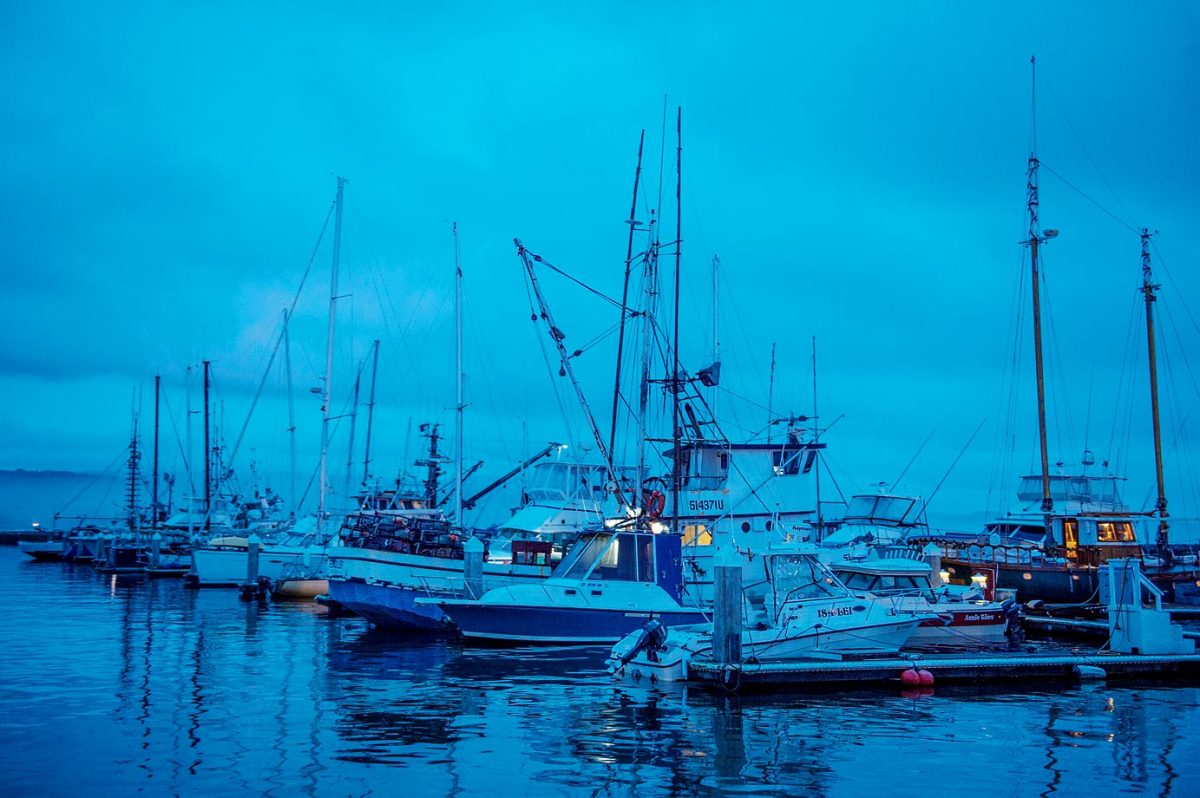
Pillar Point Harbor, the departure point to get out to Mavericks Surf break.
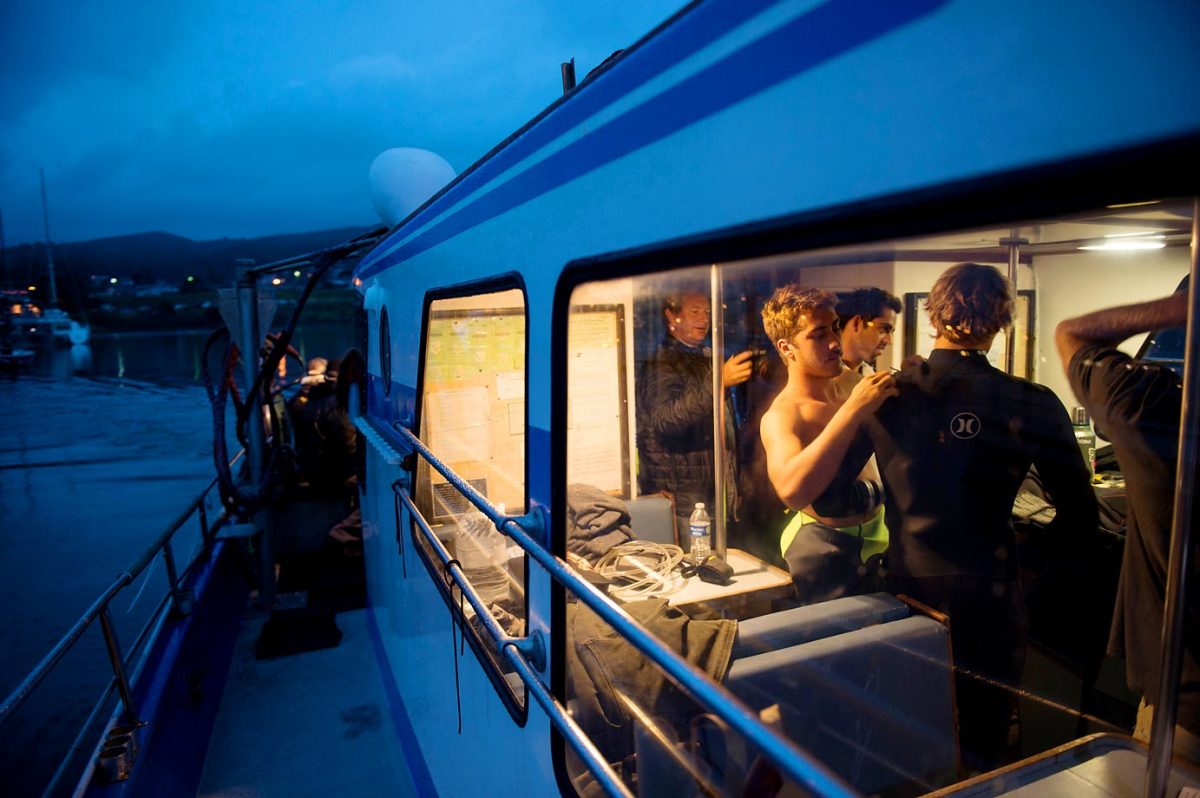
Koa Rothman and a crew of Big Wave Surfers from Hawaii on the way out of Pillar Point Harbor.
